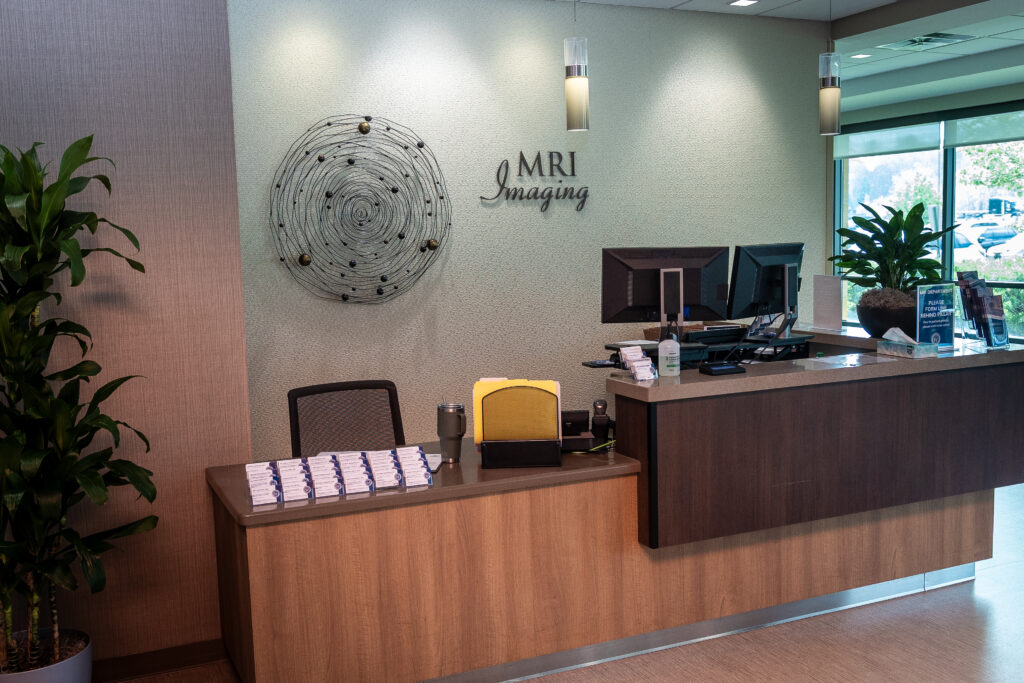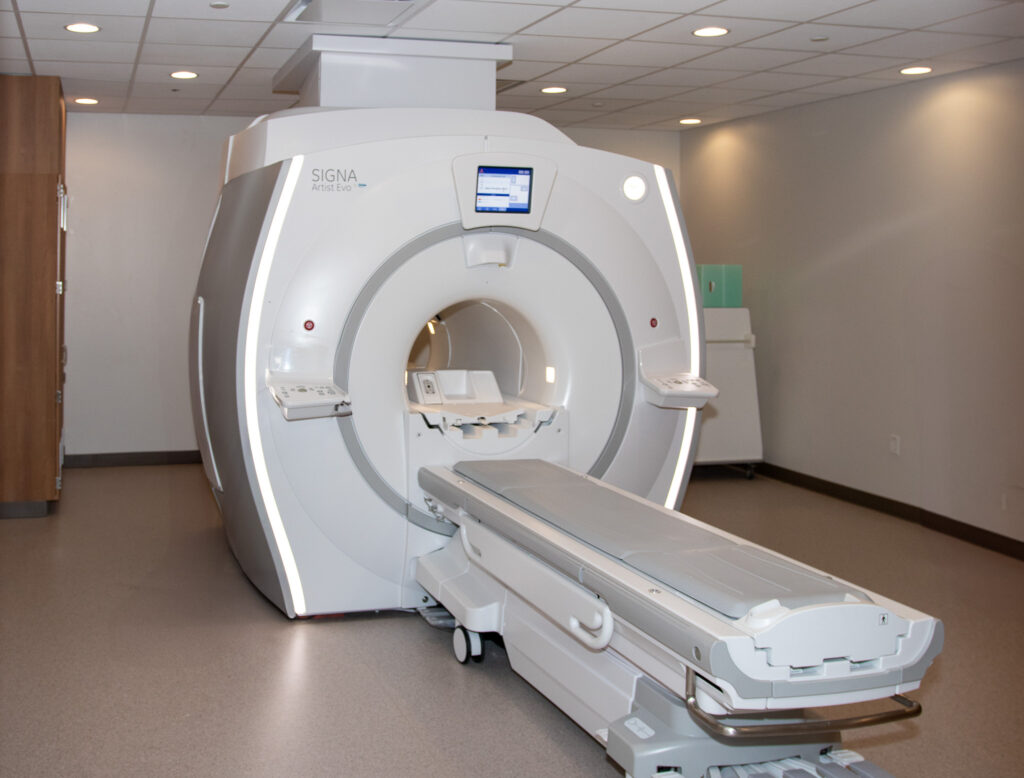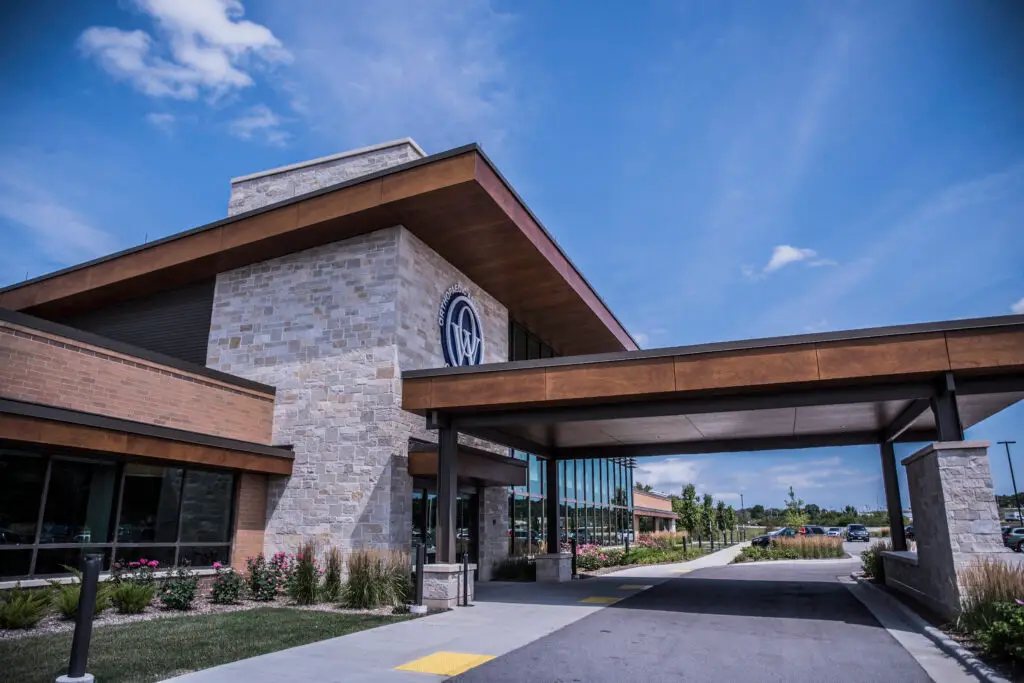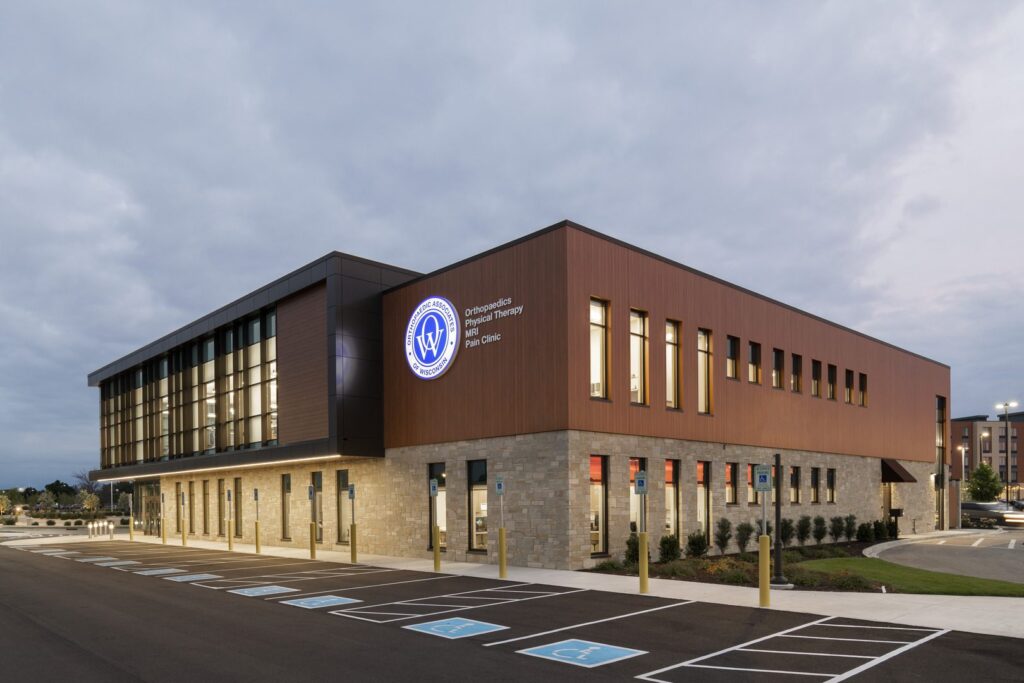MRI Imaging at Orthopaedic Associates of Wisconsin
Advanced, On-Site MRI Scans for Fast, Accurate Diagnoses and Streamlined Orthopedic Care
What Is an MRI?
Magnetic Resonance Imaging (MRI) is a non-invasive diagnostic tool that uses magnetic fields and radio waves to create detailed images of soft tissues, joints, and bones. At Orthopaedic Associates of Wisconsin, we offer on-site MRI services at select locations, allowing for fast, accurate diagnoses and a seamless care experience—all under one roof.
Why an MRI May Be Recommended
Orthopedic providers use MRI scans to evaluate conditions that may not appear clearly on X-rays or CT scans. MRI is especially useful for examining:
Soft tissues, including muscles, tendons, and ligaments
Cartilage and joint surfaces
Discs and nerves in the spine
Bone bruises or stress injuries
Swelling or unexplained pain
Our orthopedic specialists often use MRI to confirm a diagnosis before developing a personalized treatment plan.
What to Expect During Your MRI
MRI is a safe and painless procedure. At OAW, we prioritize patient comfort while ensuring high-quality imaging.
During the Scan:
You’ll lie still on a padded table that slides into the MRI machine
The scan typically lasts 20–45 minutes, depending on the area being imaged
You may hear tapping or humming sounds—this is normal
In some cases, contrast dye may be used to enhance image detail
Our staff will guide you through the entire process and answer any questions you may have.
MRI at Orthopaedic Associates of Wisconsin
We are proud to offer MRI services at our Pewaukee and Brookfield locations, featuring:
Large-bore MRI machines for greater comfort
High-resolution imaging for clear, accurate results
Timely scheduling and reporting
Integration with your orthopedic provider for immediate care planning
By offering in-house MRI, we eliminate the need for outside referrals and reduce delays between diagnosis and treatment.
Why Choose OAW for MRI?
Orthopaedic Associates of Wisconsin combines advanced technology with expert orthopedic care—all in one place. With on-site imaging, your physician can review your MRI results quickly and coordinate a plan tailored to your needs. It’s comprehensive care, made convenient.
Need to Cancel or Have Questions?
If you need to cancel or reschedule, please notify our office at least 72 hours prior to your scheduled appointment or procedure.
Questions or concerns? Please don’t hesitate to contact our MRI reception team directly at 262.303.5041. We’re here to help.
MRI Frequently asked questions (faqs)
What should I wear to my MRI?
- Wear comfortable, sweatpant-material clothing that has no metal. This includes avoiding zippers, buttons, snaps. metal closures, metal studs, belts, underwire bras, and sports bras with metal.
- Brands like Lululemon and Under Armour may also be problematic as they contain metal woven into the fabric.
- Remove all jewelry if possible.
- We have a changing room and a locker to secure your personal items, including your purse, wallet, watch, and cell phone.
How will I be positioned in the MRI machine?
- Foot, Ankle, Lower Leg, Knee, Thigh: Feet first, on your back, with your head out of the machine.
- Hips: Feet first, on your back, with your head just inside the machine.
- Pelvis: Feet first, with your head inside the machine. Tilting your head back may allow you to see out.
- Lumbar Spine: Feet first, fully inside the machine, on your back.
- Cervical + Thoracic Spine: Head first, on your back.
- Wrist, Elbow: Head first, on your stomach.
- Shoulder: Head first, on your back.
Do I need to fast before my MRI?
No, fasting is not required.
When will I receive my results?
Results are typically available within 24-48 hours.
Are there any important reminders I should be aware of?
- The body part being scanned will be positioned in the center of the machine.
- Music is provided by staff for certain exams.
- MRI is very noisy, and you will be required to wear provided earplugs.
- The MRI machine is open on both ends at all times—you are never fully enclosed.
- For safety reasons, we kindly ask that you do not bring minor children or non-service animals to your appointment.
- It is very important to mention implanted devices, shrapnel, or any metal in your body at the time of scheduling.
- MRI is highly sensitive to movement. You must remain in the exact same position and hold very still for the duration of the exam.
- If pain or anti-anxiety medication is needed, please contact your ordering provider before your appointment.
How early should I arrive for my appointment?
It is very important to arrive at least 15 minutes prior to your arrival time. This time is used for using the bathroom, changing clothing and reviewing the screening form.
MRI LOCATIONS
Need an MRI? Schedule Your Scan with Trusted Orthopedic Imaging Experts
If you’ve been referred for an MRI, trust the team at Orthopaedic Associates of Wisconsin to provide accurate imaging and seamless follow-up care. With convenient locations in Pewaukee and Brookfield, we offer advanced diagnostics and immediate access to experienced orthopedic providers. Request an appointment today to get started on your path to recovery.




